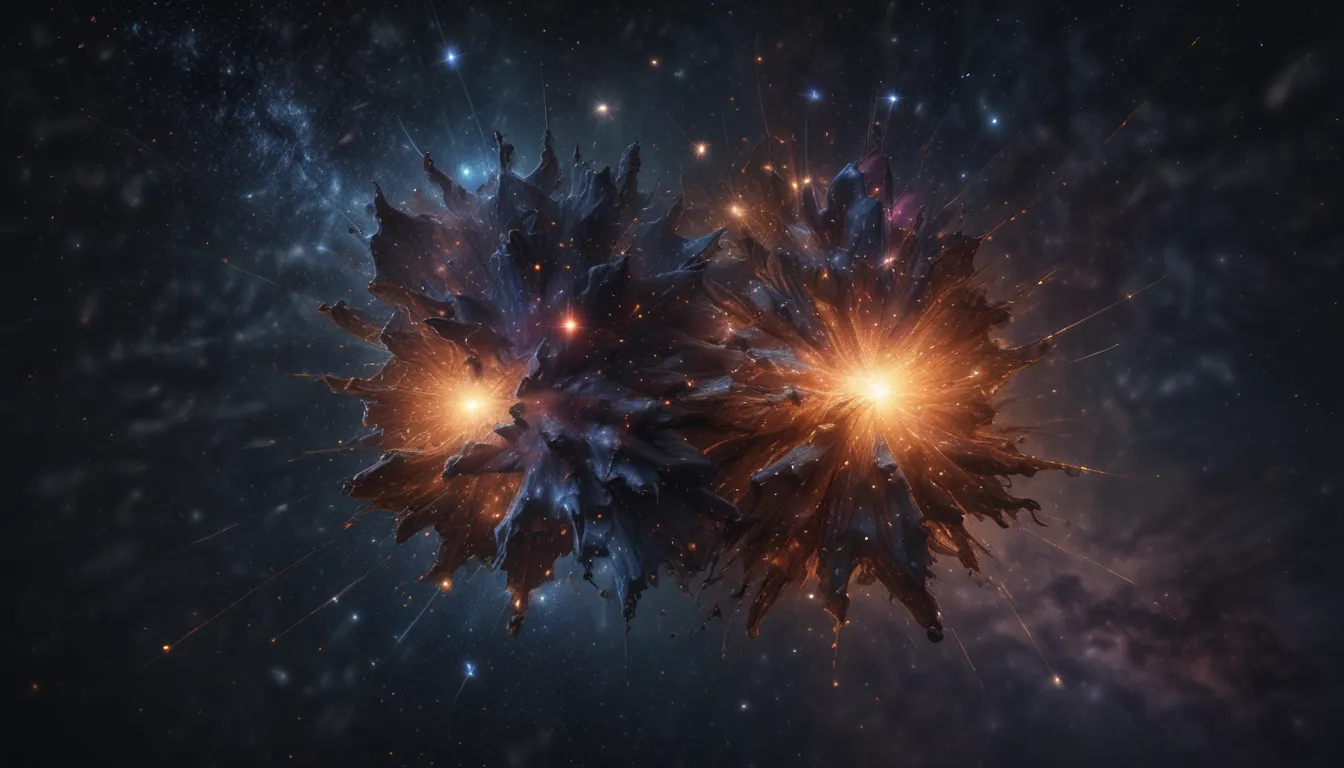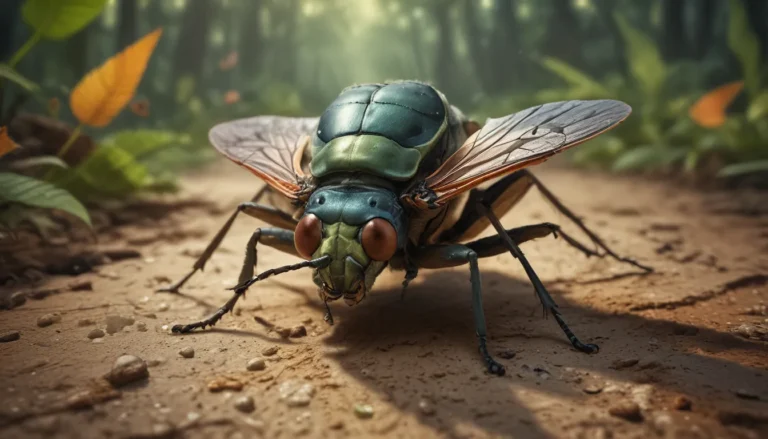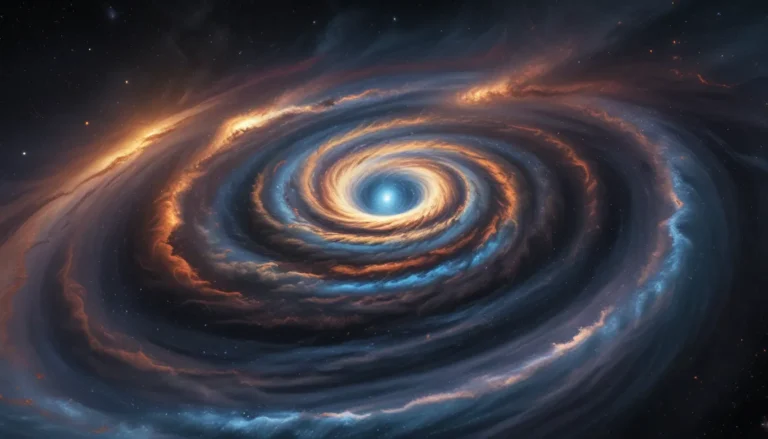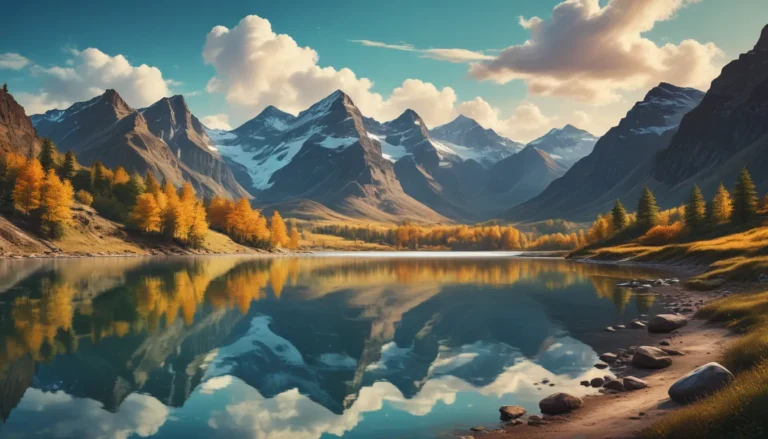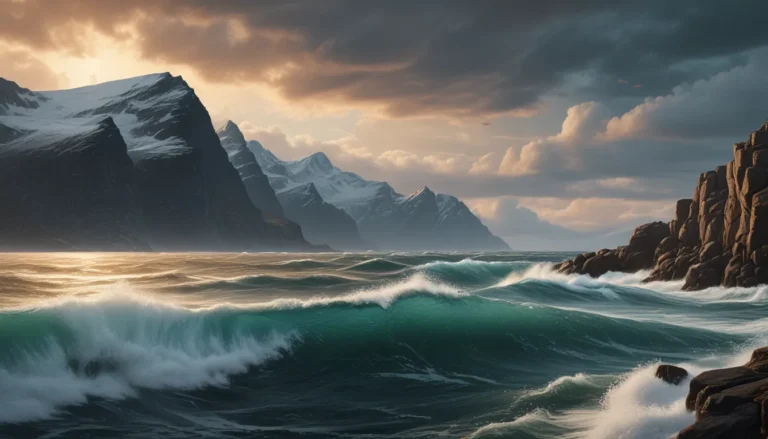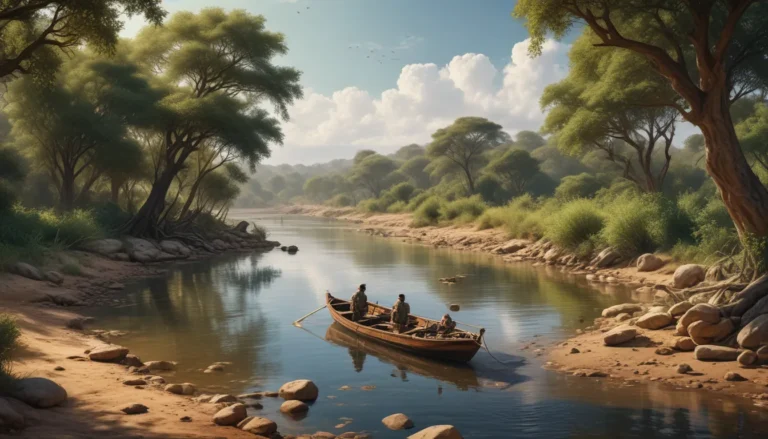The pictures we use in our articles might not show exactly what the words say. We choose these pictures to make you interested in reading more. The pictures work together with the words but don’t take their place. The words still tell you the important facts.
Star cluster formation is a captivating cosmic process that sheds light on the birth and evolution of stars within our universe. From the intricacies of different types of star clusters to the fascinating mechanisms behind their creation, delving into the world of star cluster formation opens up a realm of knowledge and wonder. In this article, we will embark on a cosmic journey to explore 18 astounding facts that will inspire awe and curiosity about these celestial wonders.
Understanding Star Clusters: Stellar Aggregates of the Universe
- Star clusters are groups of stars formed from collapsing gas and dust, offering insights into stellar evolution and galaxy formation.
- They are divided into two main types: open clusters, composed of relatively young and loosely bound stars, and globular clusters, consisting of older and tightly packed stars.
- By studying star clusters, astronomers can estimate the age of galaxies, observe star birth and dynamics, and shape the universe's stellar populations.
The Enigmatic Creation of Star Clusters
Star clusters are densely packed groups of stars that form when a large cloud of gas and dust collapses under its own gravity, resulting in clusters containing from a few hundred to millions of stars. Globular clusters, spherical in shape, are older than open clusters and are believed to have formed in the early stages of galaxy formation.
Unveiling the Wonders of Famous Star Clusters
The Pleiades, also known as the Seven Sisters, is a well-known open star cluster located in the constellation Taurus, visible to the naked eye and steeped in mythological significance. Globular clusters, primarily found in the halo of galaxies, offer valuable insights into galaxy age and evolution through the study of various clusters within a galaxy.
Delving Into The Mysteries of Star Clusters
Some star clusters exhibit more than one generation of stars, suggesting that star formation can occur in bursts within a cluster. The interstellar medium, comprising gas and dust between stars, plays a vital role in the formation and dynamics of star clusters by providing raw material for new star formation.
The Cosmic Significance of Star Clusters
Star clusters can serve as tracers to measure the distance to other galaxies, shaping our understanding of the vastness of the universe. While most star clusters are roughly spherical, some exhibit irregular or elongated shapes due to gravitational interactions with nearby objects.
Exploring the Diversity of Star Clusters
The Beehive Cluster, located in the constellation Cancer, is one of the closest open clusters to Earth, visible since ancient times. The Trapezium Cluster, found in the Orion Nebula, is the youngest known star cluster in the Milky Way, still in the process of forming new stars.
Gaining Insights Through Stellar Dynamics
By studying the movements and interactions of stars within a cluster, scientists can deepen their understanding of how gravity influences celestial objects. Star clusters also aid in mapping the spiral arms of the Milky Way, unraveling its intricate structure.
Conclusion: A Cosmic Tapestry of Wonder
In conclusion, the study of star cluster formation unveils the profound beauty and complexity of the universe. Each fact we uncover adds depth to our understanding of the vast cosmological landscape. As we continue to explore the mysteries of star clusters, we gain a newfound appreciation for the boundless wonders that the cosmos holds.
FAQs
- What is a star cluster?
- A star cluster is a group of stars formed from the same molecular cloud, categorized into open and globular clusters.
- How are star clusters formed?
- Star clusters form through the gravitational collapse of a molecular cloud, resulting in closely bound stars.
- What factors influence star cluster formation?
- Factors such as the size of the cloud, density of the interstellar medium, and presence of high-mass stars impact star cluster formation.
- How long do star clusters live?
- The lifespan of star clusters varies, with open clusters having shorter lifespans compared to globular clusters.
- What can we learn from studying star cluster formation?
- Studying star cluster formation offers insights into stellar evolution, planetary systems, and galaxy structure and history.
Star clusters offer a captivating glimpse into the cosmic dance of stars and galaxies, presenting a mosaic of wonders waiting to be explored. As we venture further into the depths of the universe, let the brilliance of star cluster formation guide us on a journey of discovery and awe-inspiring revelations.
